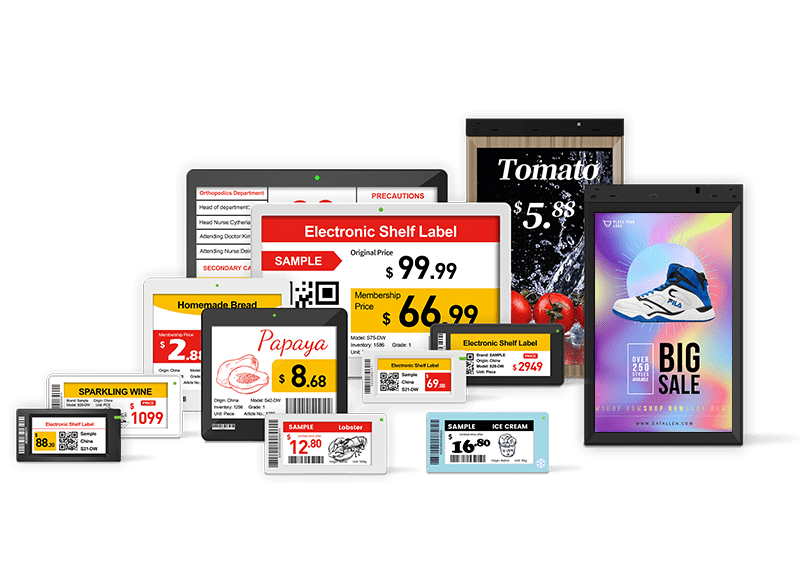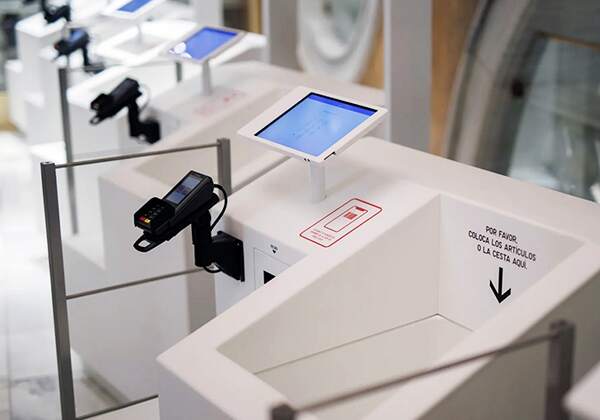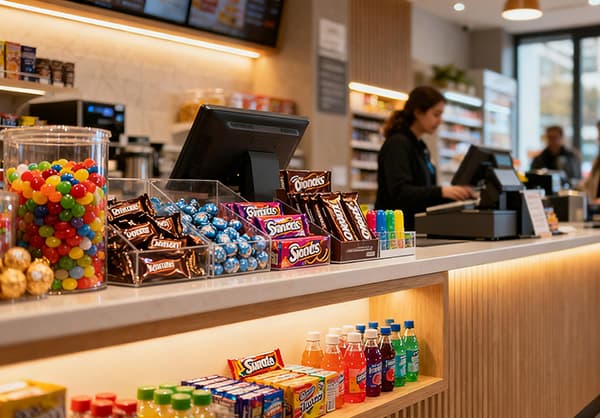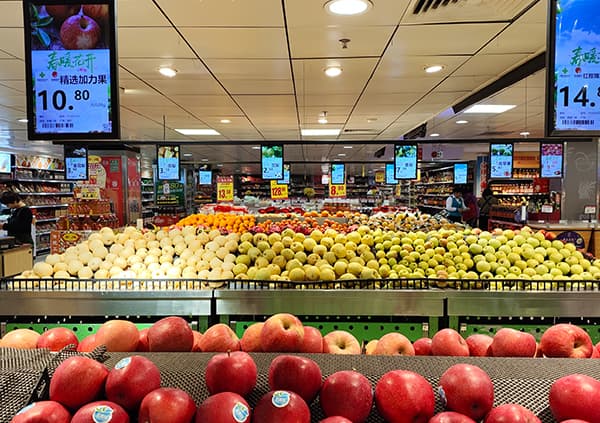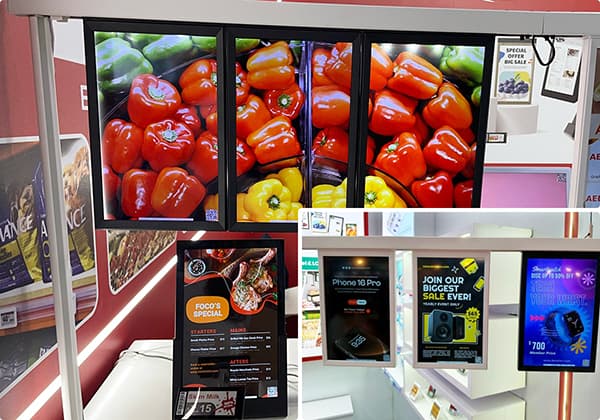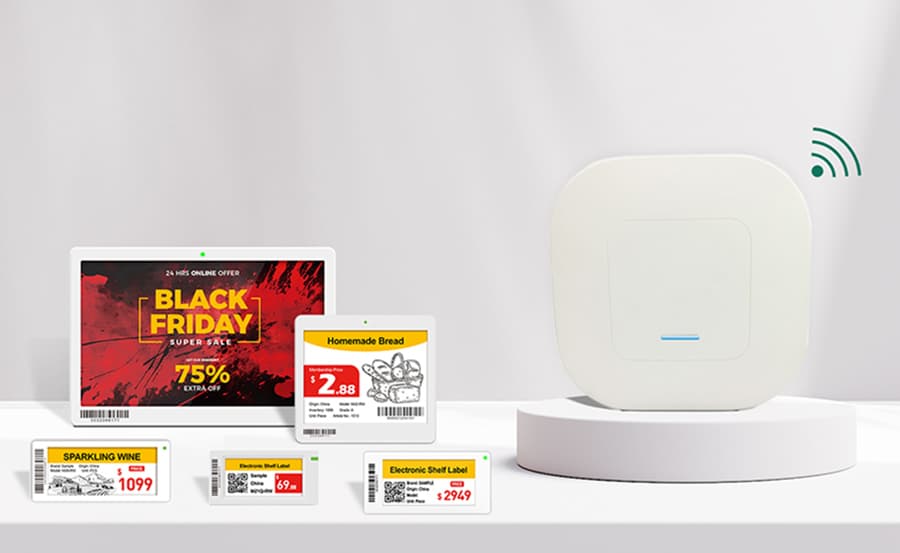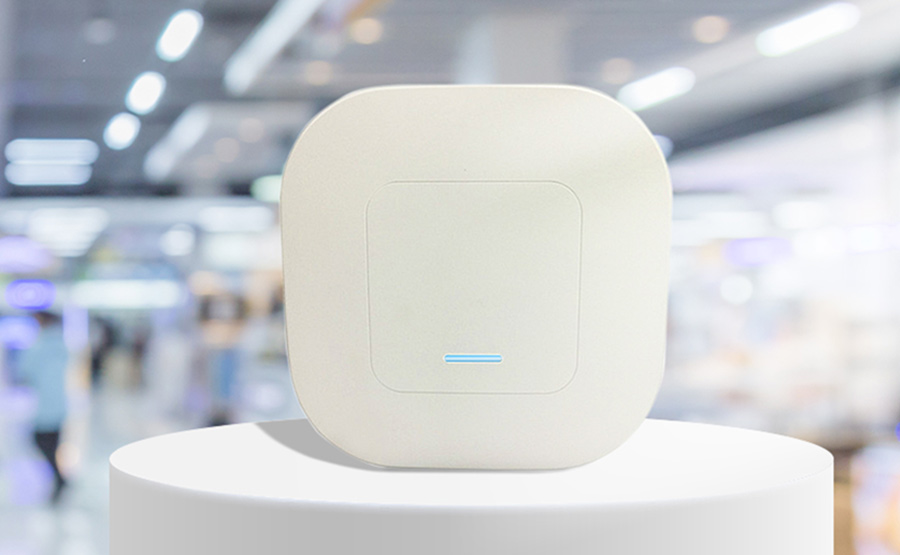Introduction: The High-Stakes Game of Modern Retail
In an era where online shopping continues to grow, the allure of the in-person shopping experience persists. Recent data from a leading retail research firm reveals that 72% of consumers still prefer to physically interact with products before making a purchase. However, the competition among brick - and - mortar stores is fierce, with over 15,000 new retail stores opening annually in the United States alone. For physical retailers, driving foot traffic is not just a business goal—it’s a matter of survival. Stores that fail to attract customers risk being left behind, as evidenced by the recent closures of numerous well-known retail chains due to low foot traffic.
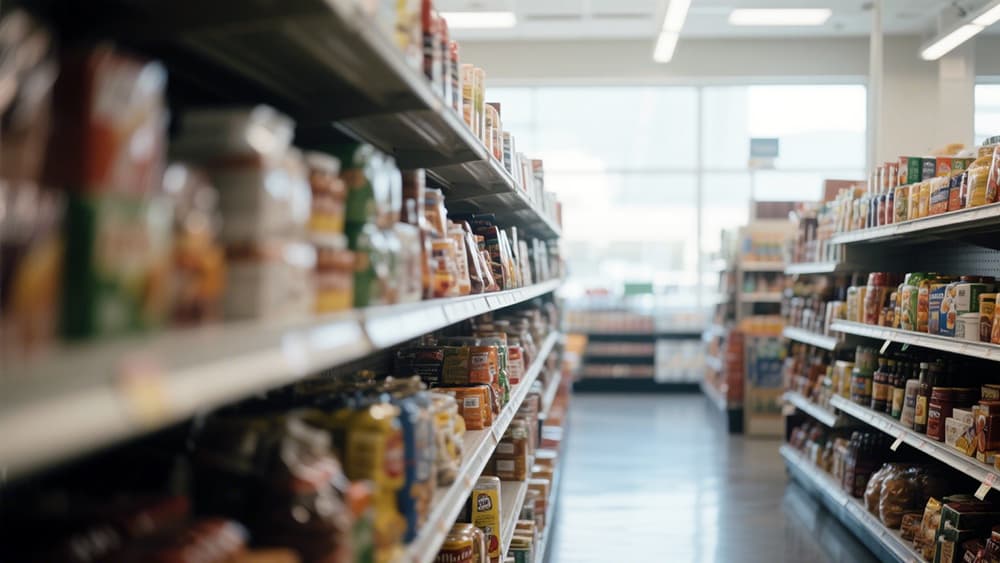
Enhancing the Customer Experience
1. Retail Window Display Ideas
A. Seasonal and Holiday-Inspired Displays
- Summer Themed: For the summer months, fashion retailers can create a beach-themed window display. Mannequins dressed in bright swimwear, surrounded by sandy bases, fake palm trees, and a backdrop of a blue sky and ocean scene, can instantly evoke a summer vibe. A surf shop could showcase its latest surfboards and wetsuits against a backdrop of video footage of crashing waves, displayed on Datallen’s high-resolution LCD digital signage. This dynamic visual not only catches the eye but also immerses passersby in the summer experience.
- Halloween: As Halloween approaches, costume and party supply stores can go all-out with spooky displays. Lifesize animatronic ghosts, cobweb-covered mannequins dressed in terrifying costumes, and dim, flickering lighting can create a chilling atmosphere. For food retailers, a window filled with pumpkin-shaped treats, Halloween-themed chocolates, and a signboard with a QR code linking to exclusive Halloween recipe videos on the store’s website can attract families looking for seasonal treats.
- Christmas: In the lead-up to Christmas, department stores can create elaborate winter wonderland displays. Twinkling fairy lights, snow-covered trees, and mannequins dressed in cozy winter clothing can bring the holiday spirit to life. Jewelry stores can showcase their finest Christmas-themed pieces, such as snowflake-inspired necklaces and reindeer-shaped earrings, with an LCD digital signage playing a short video about the craftsmanship behind each piece.
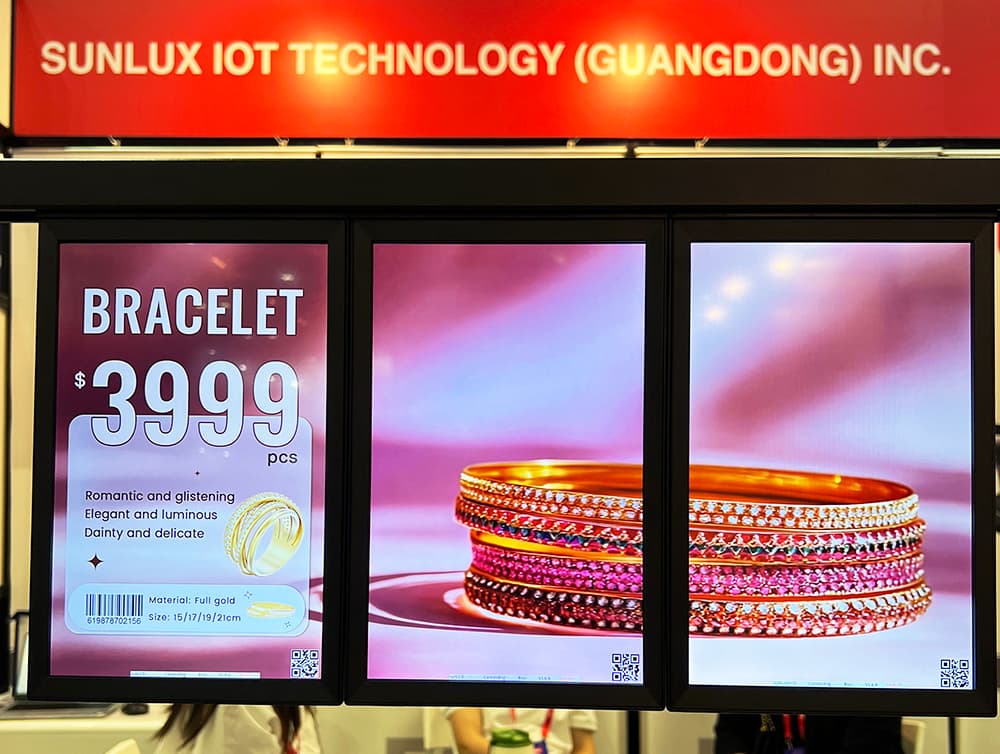
B. Industry-Specific Displays
- Grocery Stores: Grocery stores can focus on freshness and seasonality. A display featuring a pyramid of ripe summer watermelons, with a digital sign highlighting the origin of the produce, its nutritional benefits, and recipe suggestions, can entice customers. During harvest seasons, a window filled with colorful autumn vegetables, like pumpkins, squashes, and carrots, accompanied by a chalkboard-style digital sign listing cooking tips and meal ideas, can draw in home cooks.
- Bookstores: Bookstores can create displays based on current best-sellers or popular book genres. For example, a “Mystery and Thriller” display with a stack of the latest suspense novels, surrounded by props like magnifying glasses and old-fashioned detective hats. A Datallen digital sign can display book reviews, author interviews, and upcoming book-signing events, engaging book lovers and encouraging them to step inside.
- Beauty Stores: Beauty retailers can showcase new makeup collections or skincare products. A window display featuring mannequin heads with the latest makeup looks, along with sample testers and a digital screen showing makeup tutorials using the products, can attract beauty enthusiasts. For stores that sell organic beauty products, a natural-themed display with plants and a digital sign highlighting the benefits of using organic ingredients can appeal to health-conscious customers.
C. Interactive and Technological Displays
- Augmented Reality (AR) Windows: Some forward-thinking stores are using AR in their window displays. A furniture store, for instance, could allow passersby to use their smartphones to scan a QR code in the window. This would enable them to visualize how a particular piece of furniture would look in their own homes through AR. Digital signage can be used to provide instructions on how to use the AR feature, as well as showcase additional product information.
- Touch - Touch-Screen Kiosks: Installing touch-screen kiosks in the window can offer an interactive experience. A toy store could have a kiosk where children can play mini-games related to the toys on sale, or customize their virtual toys. This not only attracts children but also gives parents a reason to stop and take a look at the store’s offerings.
2. In-Store Layout and Navigation
- Optimal Store Layout: A well-planned layout is crucial for guiding customers through the store. For large department stores, the “racetrack” layout can be highly effective, leading customers on a circular path that ensures they pass by a wide range of products. Smaller specialty stores might benefit from a “free-form” layout, which creates a more relaxed and exploratory shopping environment.
- Clear Signage: Digital wayfinding signs are becoming increasingly important. Datallen’s electronic shelf labels can be repurposed for navigation purposes. For example, in a large electronics store, ESLs can be used to indicate the location of different product categories, such as “Smartphones - 2nd Floor, Aisle 3”. This reduces the time customers spend searching for items, enhancing their overall shopping experience.
- Aisle Width and Flow: Ensuring that aisles are wide enough to accommodate foot traffic and shopping carts is essential. Additionally, creating a logical flow within the store, with complementary products placed near each other, can encourage customers to explore more and make additional purchases.
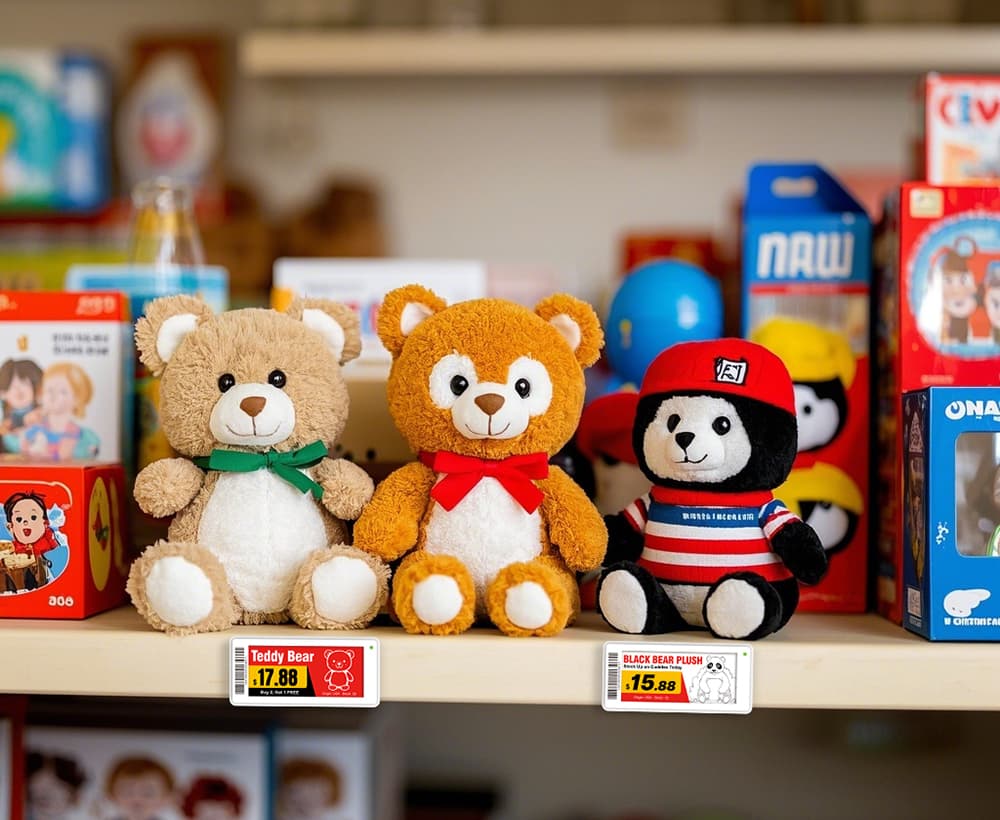
3. Staff Interaction
- Well - Well-Trained Staff: Friendly and knowledgeable staff can make a significant difference in the customer experience. Retailers should invest in training their employees to be experts in the products they sell. For example, in a high-end watch store, staff should be able to explain the intricate details of each timepiece, from the movement to the materials used.
- Customer Service Initiatives: Implementing loyalty programs, free gift-wrapping services, or in-store consultations can encourage repeat visits. A clothing store could offer a loyalty program where customers earn points for every purchase, which can be redeemed for discounts or exclusive items.
Leveraging Digital Marketing
1. Social Media Promotion
- Localized Social Media Campaigns: Platforms like Instagram, Facebook, and TikTok are powerful tools for targeting local customers. Retailers can share behind - the - scenes content, such as how products are made, or sneak peeks of new arrivals. For example, a local bakery can post videos of its bakers creating delicious pastries, along with the store’s location and opening hours.
- User - User-Generated Content (UGC): Encouraging customers to share their in-store experiences using a specific hashtag can be highly effective. A coffee shop could offer a free drink to the customer who posts the most creative photo of their coffee and the store on Instagram using the store’s hashtag.
- Social Media Ads: Running targeted ads on social media platforms can help reach a wider audience. A pet store could run ads highlighting its in-store pet adoption events, exclusive pet products, or special discounts for new customers.
2. Email Marketing
- Personalized Email Campaigns: Segmenting the customer email list based on purchase history, demographics, etc., allows retailers to send more relevant emails. A sporting goods store could send different emails to customers who have previously bought running shoes compared to those who have purchased cycling gear, promoting relevant new products and accessories.
- Exclusive In-Store Offers: Providing email-only discounts or early access to sales can drive customers to the physical store. For example, a home decor store could send an email to its subscribers offering a 20% discount on all furniture for one day only, available exclusively in-store.
Hosting In-Store Events
1. Product Launches
- Themed Product Launch Parties: Hosting exclusive events for new product launches can generate excitement. A tech store could throw a “Future of Gadgets” launch party for a new line of innovative electronics, complete with product demonstrations, hands-on experiences, and freebies.
- Collaborations: Partnering with local influencers or brands to co-host product launches can expand the event’s reach. A fashion boutique could collaborate with a local fashion blogger to launch a new clothing collection, with the blogger promoting the event to their followers.
2. Workshops and Classes
- Relevant Workshops: Offering workshops related to the store’s products can attract customers. A home improvement store could host DIY workshops on topics like painting techniques, furniture assembly, or small home repairs.
- Expert-led: Inviting experts in the field to lead the workshops adds credibility and attracts more attendees. A gardening store could bring in a local horticulturist to conduct a workshop on growing organic vegetables.
3. Community-Focused Events
- Charity Drives: Organizing in-store charity events, such as clothing drives for the homeless or food donations for local food banks, can build a positive brand image and attract community support.
- Local Art Exhibitions: Displaying local art in the store, hosting art exhibitions and sales, can draw art enthusiasts and increase foot traffic. A coffee shop could showcase the work of local artists on its walls and hold an opening night event to celebrate the exhibition.
Pricing Strategies
1. Dynamic Pricing
- Using Data for Pricing: Analyzing sales data, customer behavior, and competitor prices can help retailers set dynamic prices. Electronic shelf labels can be used to display real-time price changes, such as discounts on products that are not selling as well or price increases for high-demand items during peak seasons.
- Limited-Time Offers: Implementing flash sales, happy hours, or weekend-only discounts can create a sense of urgency and drive immediate foot traffic. A clothing store could have a “Mid-Summer Flash Sale” for 24 hours, with digital signage prominently displaying the sale items and discounts.
2. Value-Based Pricing
- Highlighting Product Value: Focusing on the unique features and benefits of products can justify higher prices. A luxury jewelry store can use digital signage to showcase the rarity of the gemstones, the craftsmanship involved, and the brand’s heritage, emphasizing the value behind each piece.

Conclusion
Boosting foot traffic in brick-and-mortar stores requires a multi-faceted approach. From creating eye-catching window displays and enhancing the in-store customer experience to leveraging digital marketing and hosting engaging events, retailers have numerous strategies at their disposal. Pricing strategies also play a crucial role in attracting customers. By implementing these strategies and considering solutions like those offered by Datallen, such as their digital signage and electronic shelf labels, retailers can increase their visibility, attract more customers, and thrive in the competitive world of physical retail. To learn more about how Datallen’s products can transform your store, contact us at email: inquiry@datallen.com.
For more insights, check out:
1. Jewelry Displays for Retail Stores: Merging Aesthetics with Digital Screen
2. Stretched Bar LCD Displays Guide: Cost, Installation & Key Benefits
3. Master Digital Signage Content: Effective Templates & Proven Strategies for Every Sector
4. How to Select Among Various Types of Digital Signage

